What kind of self-test circuits or method do they used in the GFCI outlets generally? Is it just firmware or is there a physical addition (and what it is usually?)
This is because after 2015, it is required by UL. But there were many old stocks without it and the physical appearance of the product is the same. So is there any way to recognize or test the function if I buy a product which both has the function and not (depending on whether manufactured after or before 2015 which they don't specify?)
Note: This isn't about the manual test button, but a circuit inside... see
New Self-Test Requirements:
n Underwriters Laboratories (UL) made new revisions to the UL 943 (GFCI) standard that will take effect on June 29th, 2015.
n UL REVISION 943 STATES:
- All GFCI receptacles must have an auto-monitoring (self-testing) feature.
- If auto-monitoring determines the GFCI can no longer offer protection, one or more of the following will happen:
(1) Unit is no longer able to reset and denies power.
(2) Unit can reset and is subject to the next auto-monitoring test cycle within 5 seconds of power to the device.
(3) All GFCIs must provide audible or visual indication if it does NOT go into power denial.- Provisions to ensure receptacle will not reset if miswired during installation as well as reinstallation. "

